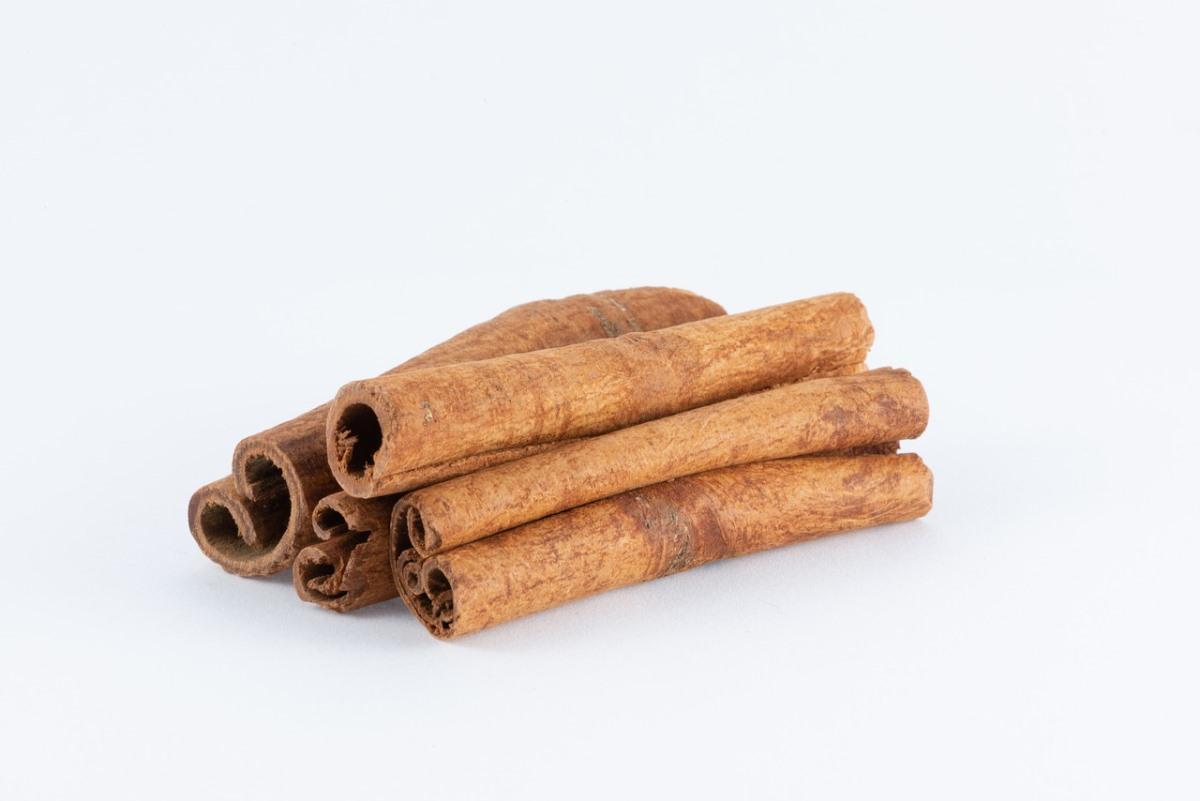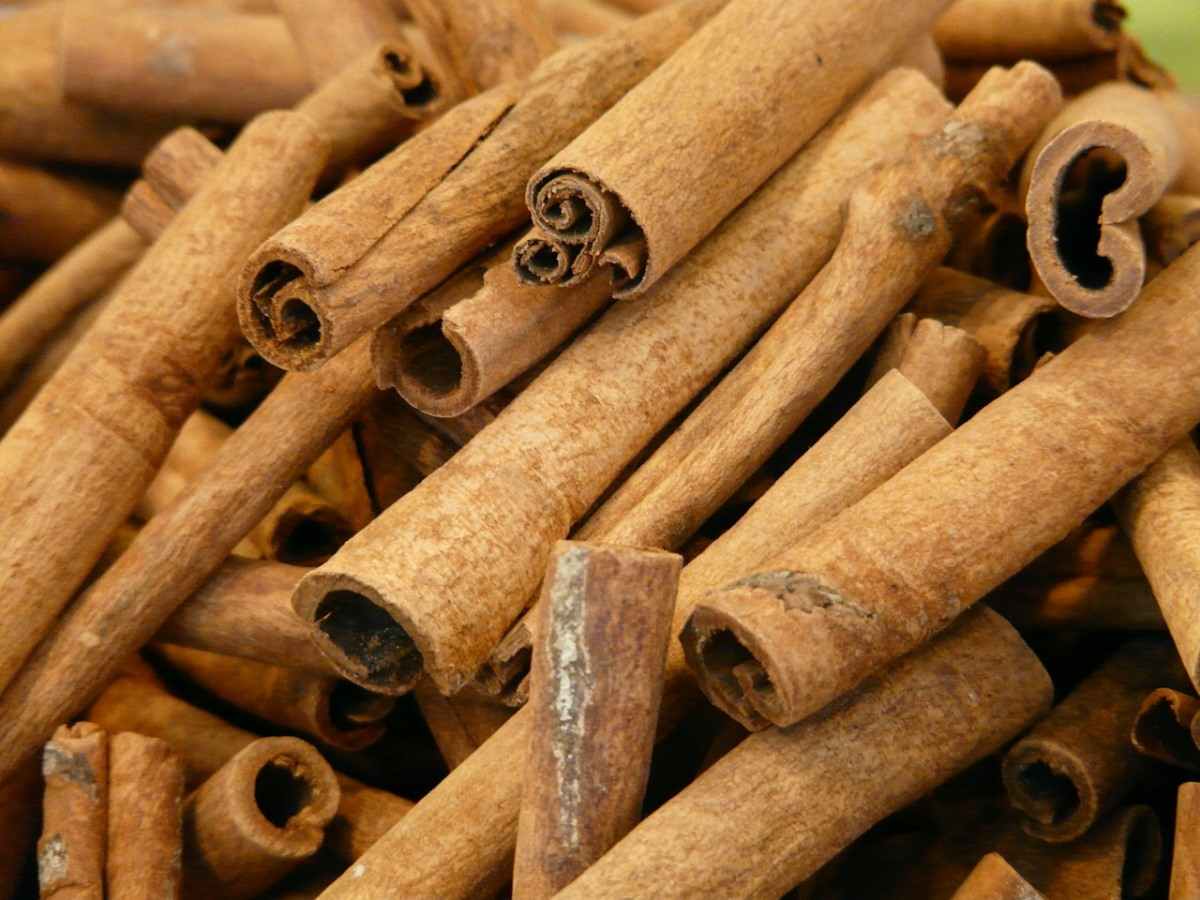Introduction to cinnamon tree planting, cinnamon growing questions, and answers, tips, ideas, techniques: Cinnamon is a spice made from the inner bark of a variety of Cinnamomum tree species. Cinnamon is mostly used as an aromatic condiment and flavouring addition in several cuisines, including sweet and savoury dishes, breakfast cereals, snack foods, tea, and traditional foods.
Cinnamon plants grow little flowers and have glossy green to yellow-green foliage. The oils in the bark and leaves give them a pleasant scent. And the spice is made from the inner bark of a variety of species. Cinnamon plants grow slowly too moderately, and they can be planted in the spring or early fall.
A guide to cinnamon tree planting, cinnamon growing questions, and answers, tips, ideas, techniques

| Botanical Name | Cinnamomum spp. |
| Common Names | Cinnamon and cassia |
| Plant Type | Tree and shrub |
| Mature Size | 3 to 60 feet tall and 2 to 20 feet wide (depends on the variety you choose) |
| Sun Exposure | Full and partial |
| Soil Type | Loamy and well-drained |
| Soil pH | Acidic to neutral (that is 6.2 to 7.2) |
| Bloom Time | Summer |
| Flower Color | White and yellow |
Be careful to give enough room for your species’ mature size when planting. To ensure that your cinnamon plant receives enough light, place it several feet away from other trees and plants. Instead of seeds, most gardeners start with young nursery plants. Dig a hole the size of the root ball of your plant and enrich the soil with compost. Plant the cinnamon, gently press the earth down, and give it plenty of water.
In case if you miss this: Best Gardening Techniques, Tips, and Ideas.

Cinnamon plants thrive in full sun, which means at least six hours of direct sunshine on most days. In really hot and dry conditions, though, they will benefit from some afternoon shade.
Cinnamon plants prefer soil that is rich and drains well. It’s best to use a sandy loam. They don’t do well in wet soils, thus heavy clay or hardpan soils aren’t a good fit for them. Consider growing cinnamon in a container if your soil isn’t suitable.
Because these plants prefer the consistent rainfall that they get in the tropics, you should try to mimic it using irrigation when rain is scarce. Use mulch to keep the roots cool and the soil moist when the top two inches of soil have dried out.
To get your cinnamon plant started, use a balanced, slow-release fertilizer in the planting hole. Then, every spring, you need to fertilize according to the label’s instructions.
Now, let us discuss some frequently asked questions about cinnamon gardening;
How about this: How To Grow Organic Spinach At Home.

How long does cinnamon take to grow?
Cinnamon can be harvested two to three years after it is planted, and then every two years after that. Individual branches can be chopped off, or the entire tree can be taken down at the trunk. Ground-grown trees frequently develop new shoots that will eventually grow into new trees.
What is the best way to grow cinnamon from a cutting?
Cinnamon Cuttings: How to Grow It
- Collect your cuttings, medium-sized pots, planting soil, and water.
- Soil should be added to the containers.
- Pour just enough water into the soil to keep it moist but not saturated.
- The majority of the leaves should be removed from the cuts.
- Plant them far enough down to ensure that they remain stable.
- Only one clipping should be planted in each pot.
What are the requirements for cinnamon’s growth?
It prefers well-drained, acidic soil and full sun to moderate shade to thrive. Ceylon cinnamon trees can be pruned to a maximum height of 3 to 8 feet when grown in a 12- to 14-inch container.
What is the appearance of a cinnamon tree?
Cinnamon is a deciduous tree with oval-shaped leaves, strong bark, and berry-like fruit. The bark and leaves of the plant are the principal parts used while harvesting the spice. The bark is chopped into 5 to 10 cm or 2 to 4 inches strips for sale once it has dried.
What is the height of a cinnamon tree?
Cinnamon trees thrive in moist, well-drained soils and rarely grow taller than 15 meters or 49 feet.
What is the maximum size of a cinnamon tree?
The requirement for frost protection. Trees can reach a height of 10 to 15 meters; however, they are normally cut to stay at approximately 3 meters. They make a wonderful indoor plant and may be grown in huge pots. These uncommon cinnamon trees are 8 to 12 months old and reach a height of 40 to 70cm.
What is the water need of a cinnamon tree?
Water – Because these plants prefer the consistent rainfall that they get in the tropics, you should try to mimic it using irrigation when rain is scarce. Use mulch to keep the roots cool and maintain soil moisture after the top 2 inches of soil has dried out.
What is the best way to water a cinnamon tree?
During dry months, water the tree twice a week, and mist it occasionally with a light spray of water from a hose. Cinnamon trees thrive in humid environments.
How long does cinnamon take to grow?
Cinnamon can be harvested for the first time after three years of planting, with two harvests every year. When the stem’s bark turns brown and the diameter of the stick is around 3 to 5cm, it’s time to harvest.
Is it possible to grow cinnamon in a pot?
Cinnamon has a long history of use in the kitchen. In containers, it’s simple to grow. Cinnamon plants can survive for years without particular care if the soil is maintained slightly dry.
What is the best way to harvest cinnamon from a tree?
You’ll need to chop down a portion of the cinnamon tree and remove the outermost layer of bark to harvest it. Scrape off the cinnamon coating in sheets with a paint scraper, and then let the cinnamon cure in a warm setting. You can use the cinnamon in its curled-up shape or grind it into powder.
What is the best way to prune a cinnamon tree?
Trim your tree’s whips and cut them into 3-inch chunks. Then sever the bark from the stem by cutting into it. It should be easier to remove than mature bark. Allow the bark to dry completely before curling into “cinnamon sticks.”
Is it possible to grow a cinnamon tree in your home?
Yes, you can grow a cinnamon tree indoors in a pot with appropriate drainage holes and sunshine. It’s best if the soil is slightly acidic.
Cinnamon is sprayed with what pesticides?
Cinnamaldehyde, an oily yellow liquid found in cinnamon leaves and bark and used as an insecticide with low mammalian toxicity, was the most effective component. Cinnamyl acetate, a key component of cinnamon’s aroma, is utilized in perfumes and pest control.
Is cinnamon a bug magnet?
Cinnamon repels bugs not only because of its smell but also because it contains eugenol, a chemical molecule present in other insect repellents. Eugenol is a flavouring ingredient made from a naturally occurring aromatic molecule produced mostly from cloves.
What is the major disease of the cinnamon plant?
Leaf spot/blight caused by Colletotrichum gloeosporioides and grey leaf spot/blight produced by Pestalotia cinnamomi is the two most common diseases of cinnamon.
Can a cinnamon tree be grown in a greenhouse?
The cinnamon tree, as we’ve seen before, thrives in direct sunshine. You must either set your containers in a bright and sunny greenhouse or in a location that receives sufficient sunshine during the day. Cinnamon trees can reach a height of 4 to 5 feet or 1.0 to 1.5 m if given the appropriate circumstances indoors.
What kind of climate is required to grow cinnamon?
Cinnamon plants thrive in a warm, humid environment. Temperatures of 27°C are ideal for optimum growth in their natural habitat. They don’t fare well when the temperature drops below 4°C or when the weather is too dry.
How do you germinate cinnamon seeds?
Cinnamon seed should be planted in a well-balanced soil with half silt and half clay, as well as enough organic materials. Plant the seeds 3/4 inch into the soil mix and keep them properly watered. In 15 to 20 days, the seeds will germinate. Until they are 6 months old, trees should be kept in indirect light.
How do you propagate cinnamon?
Propagation of plants Cinnamon can be reproduced through cuttings, layering, or division of the root ball. A cutting is normally obtained from an established mother plant by removing a partially developed shoot with at least one node.
- How to Grow Hibiscus from Flower
- Plantation Ideas for Home Decoration: A Beginners Guide
- Flower Garden Designs and Layouts for Beginners
- Planting and Spacing Techniques in Papaya: A Beginner’s Guide
- Growing Gold: Essential Techniques for Planting Pineapples
- How to Make Kalanchoe Plant Bushy: Home Remedies and Solutions
- 11 Reasons Why Your Gardenia is Not Blooming: Home Remedies and Solutions
- Eco Elegance: The Guide to Designing a Drought-Tolerant Landscape
- Gardening on a Slope: Strategies for Hillside Landscaping
- Nourish and Flourish: Top Organic Mulches for Thriving House Plants
- Everything You Want to Know about Indian Mogra Flower: Discover Uses and Growing
- Green Thumb Success: Expert Tips for Cultivating Greenhouse Pumpkins All Year Round
- Maximize Growth & Flavor: The Ultimate Guide to Companion Planting in Herb Gardens
- How to Control Rhododendron Problems Naturally: Home Remedies and Organic Ways to Fix Them
- Natural Magic: The Remarkable Benefits of Cinnamon for Plants
- Best Steps to Revive Dying Tulip with Natural and Organic Treatment
- 10 Reasons Why Your Angel Trumpet is Not Blooming: Remedies and Treatment
- How to Fix Periwinkle Leaf and Flower-Related Problems: Natural Remedies and Solutions
- How to Fix Zinnias Leaf and Flower Problems: Discover Natural and Home Remedies
- Organic Steps to Induce Lemon Tree Flowers: A Comprehensive Guide
- Bloom Booster: Crafting the Perfect Homemade Bougainvillea Fertilizer
- Optimizing Growth: A Guide to Applying NPK Fertilizer for Potted Plants
- 10 Best Homemade Fertilizers for Rubber Plant: DIY Recipes and Application Method
- How to Boost Female Pumpkin Flowers: Effective Steps for More Flowers and High Yields
- Transform Your Indoor Garden: Top Benefits of Pink Salt for Houseplants
- 10 Best Homemade Fertilizers for Peacock Plants (Calathea): Easy DIY Guide
- Unlock Blooms: 9 Reasons Why Your Potted Chrysanthemum is Not Blooming
- 8 Reasons Why Your Potted Hibiscus is Not Blooming: Fix it with Simple Solutions
- Unlock Blooms: 9 Key Reasons Your Potted Frangipani Won’t Flower
- 10 Reasons Why Is My Ice Plant Not Blooming: Remedies and Treatment
- 10 Reasons Why My Potted Hydrangea Not Blooming: Treatment and Remedies
- 10 Reasons Why is My Wisteria Not Blooming: Remedies and Treatment
- 10 Reasons Why is My Goldfish Plant Not Blooming: Remedies and Treatment